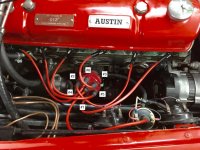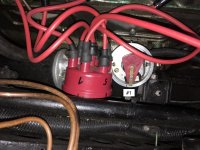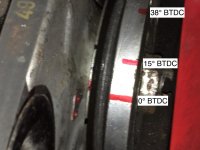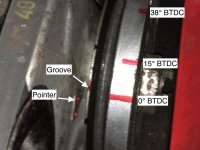Lutz Kramer
Jedi Hopeful
Offline
Question for when you return (Hope you have a great vacation, BTW), what kind of plug wires do you have?
Reason I ask is that I have the bumblebee wires on mine, which are non-resistor wires. They caused interference with my strobe light. I had to replace the #1 wire with an old resistance wire to make it work properly.
John, still at home and short prior take off! I took all my sparkplug wires out and found, that they are of the old standard type with no resistance. But I have 90° NKG LBO5F sparkplug connectors with 5 k-Ohm resistance. Would you recommend to replace the old wires with bumblebee wires an keep the connectors or what kind of connectors do you have? By the way my connectors don't have rubber caps anymore; would that be a problem, too?

 Hi Guest!
Hi Guest!

 smilie in place of the real @
smilie in place of the real @
 Pretty Please - add it to our Events forum(s) and add to the calendar! >>
Pretty Please - add it to our Events forum(s) and add to the calendar! >> 





